We love receiving our customers' images and videos of the latest exciting happenings that take place inside their bird nest boxes. But sometimes we also receive messages from perplexed customers, saying there just aren't any chicks to be checked, their bird boxes stay unused - it’s like empty nest syndrome, except there hasn’t even been any nest building yet! Some birds just pop in to take some twigs away, others fly straight past it, some boxes only have bits of snail poop in it, and at times an occasional camera-shy bird decides to build its nest right beside the box instead! High time for some helpful tips (so we get to watch more cute bird videos).
Keep Out Of The Sunny South
Let the sunshine in? Not for your nester: do not place your bird box in a south-facing position. These locations make for the hottest bird boxes as it leaves them exposed to the sun. Want to attract small bird species? Try hanging your nest box in a shady spot. Blue tit babies for example, may be well able to regulate their body temperature in high temperatures, even up to 50 °C, but studies show that it comes with a cost: the effort of keeping cool is restrictive to their growth. Most small birds who want to grow up strong and proud simply prefer a cooler environment. Leave the sunny spots for your own garden lounge chair, and save the shade for your birds. So take out your compass, and hang your bird box either facing north or east, or a little in between. That way your bird family will not only get protection from sunlight, but from wind and rain as well. As for keeping out the rain, you can also tilt the box slightly forward, to make sure the tweeties don't end up with an unwanted indoor swimming pool!
Excellent Heights?
Whether you hang your bird box on a tree, wall or the side of a shed, make sure it's placed at a height between 1 and 5 metres from the ground. ..Ok, that range alone doesn’t get you very far yet. Let’s have a look at the type of bird you want to foster in your garden, as different birds have different needs:
- Blackbirds, robins and wrens prefer their nest box placed 1.5 to 2 metres from the ground
- Sparrows, starlings, tits, and spotted flycatchers are most chirpy when their nest box is 2 to 4 metres high
- Woodpeckers, kestrels and owls hoot the happiest when their boxes are hung between 3 and 5 metres above the ground
Footage captured with our Wifi Bird Box Camera
Avoid A Cat-astrophe
Now that’s all well and good, but what if you have some ferocious feline lurking about? In that case, always make sure Mr Mittens and other local predators can’t get to the nest box, and hang it at least 2 metres above ground level.
Trees, Please
Most birds like their nest to be hidden in a quiet spot among trees, bushes, and other pleasant planting. Especially the little blackbirds, robins and wrens like their bird box well-surrounded by foliage - they must be the hermits of the bird world! It can be slightly less covered for the sparrows, starlings, tits, and spotted flycatchers. But oohoo, beware: woodpeckers, kestrels, and owls on the other hand are a good bit bolder and actually prefer a nice open space.
Fidgety Foliage = Failure
Whereas it’s good to provide some cosy cover for the birds that favour this, do make sure the entrance is never blocked. You’ll fail to tempt any feathered friends if they clearly can’t pop in the door easily.
Size Matters
Speaking of doors, the size of the nest’s entrance hole plays a huge part in a bird’s decision to make a home there or not. We can categorise different birds of a feather, each group with a specific preference for their own little hobbit door size:
- Blue, coal, and marsh tits: 25 mm
- Great tits and tree sparrows: 28 mm
- House sparrows, nuthatches and woodpeckers: 32 mm
Good news: we now have some handy new bird box protection plates with different entrance hole sizes (choice between 25, 28, and 32 mm) available. You can pick your preferred size when ordering a bird box, or you can order them separately, chick-chick-chick it out!
Do Not Disturb
Even for those who are fine without any nest box cover, it’s still very important to hang the box in good distance from any tumultuous happenings such as other nests (a near nesting neighbour may cause aggressive quarrels), bird feeders or bird bath tables. Bird baby-mamas are just not too keen on all that fuss outside, so keep the bird box at least 25 feet away from it all.
Bust That Rust
You don’t want to hang your bird box with nails that can rust, and thus damage the tree and box, making it unstable. Instead, try to tie the box to the tree trunk or hang it from a branch with galvanised wire, or, if hanging the box on a wall, use stainless steel screws or nails that won’t rust.
If your bird box is still devoid of lovely feathers, twigs, eggs and bird song, try placing some bird food on top of it. As for timing, sometimes birds already start looking for a place to prepare as early as autumn or winter, but the springtime is not too late to place your bird box. Many small birds can still be on the housing market lookout up till May or even June. You could play around with different locations (and always make sure there isn’t too much interference such as walls or trees if you want the clearest bird box camera reception!). Do not clear any possibly old nest material between September 1 and January 31, and generally don’t go near the box too much. Some birds may just be a bit pickier than others, so hopefully these tips should help. Do let us know if you’ve tried out any of these and what the results were. ..And you know we can’t wait to receive more tweety pics and videos!




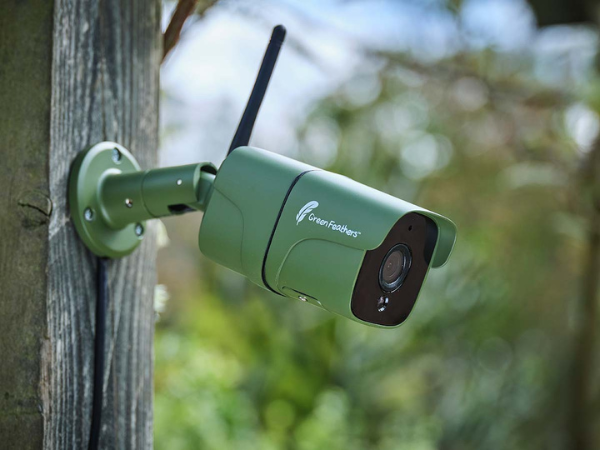
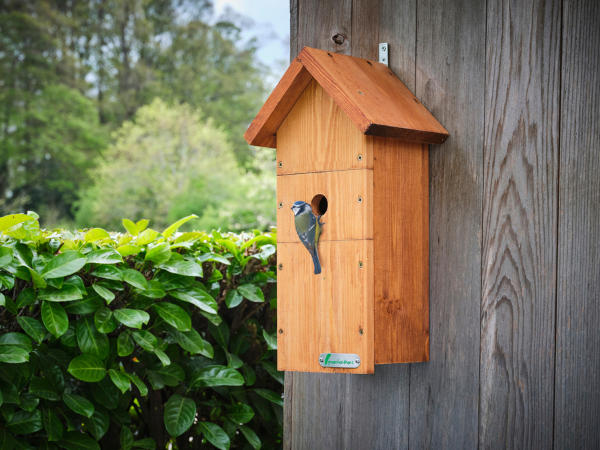
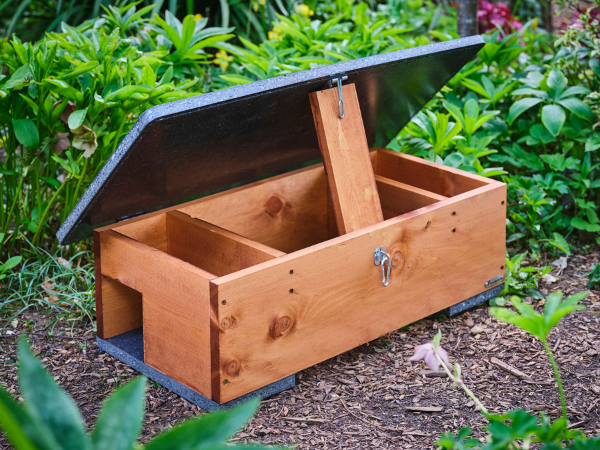
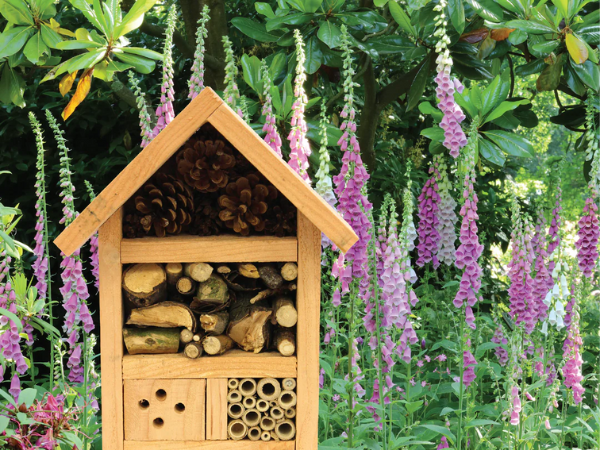
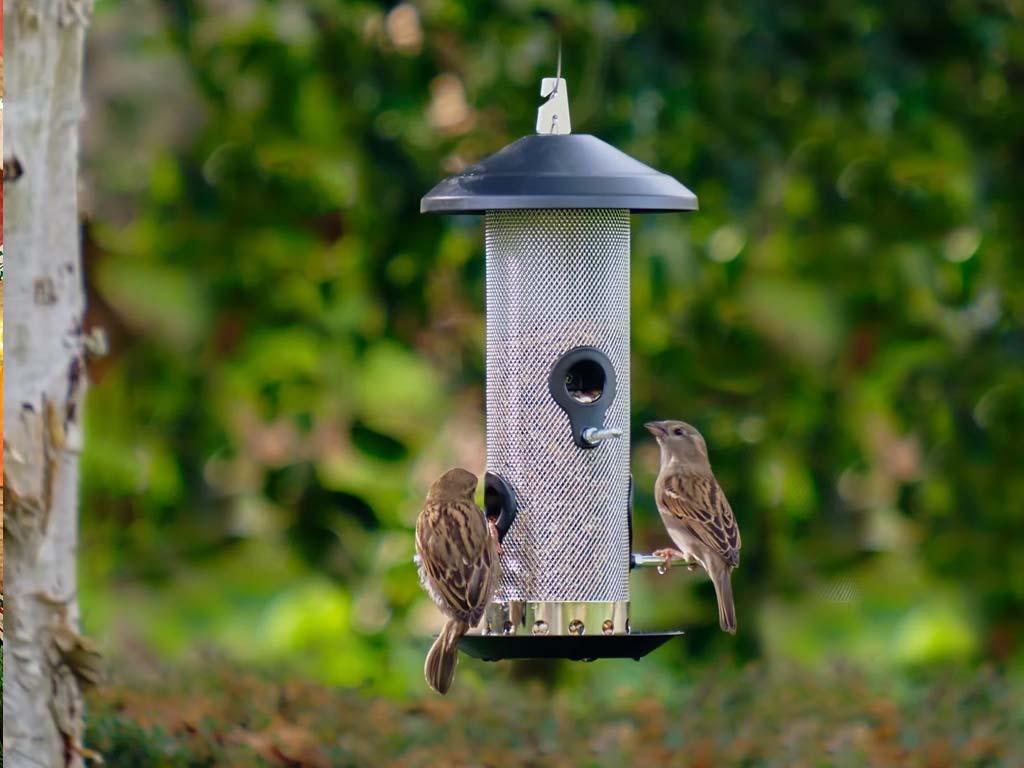
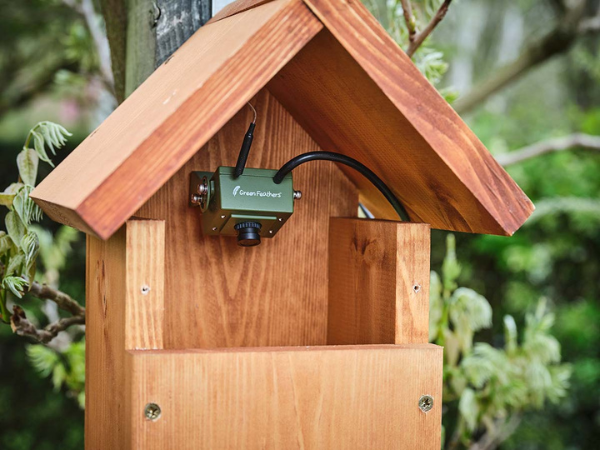
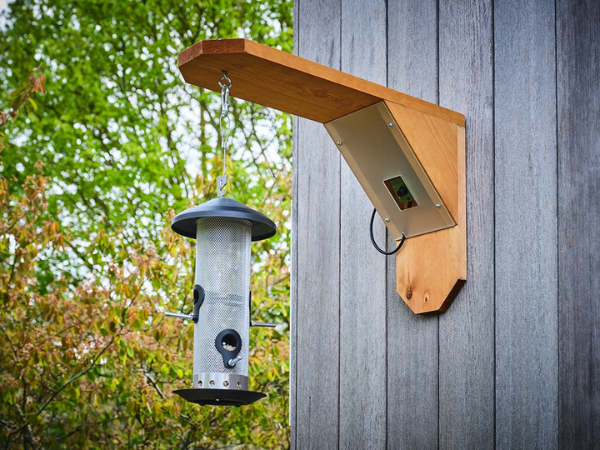


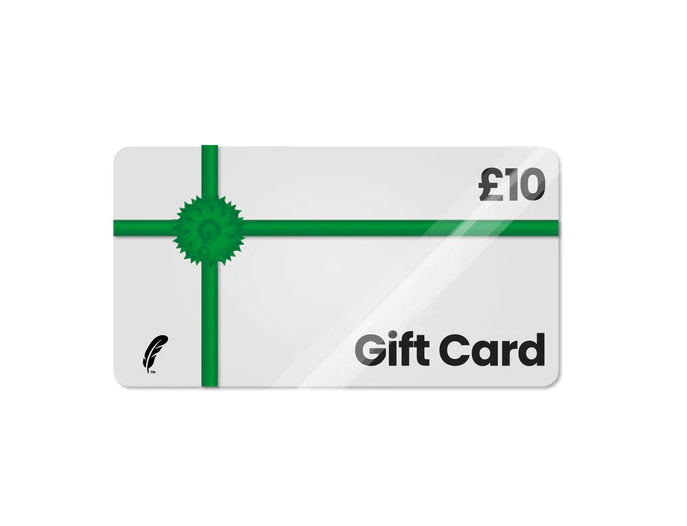
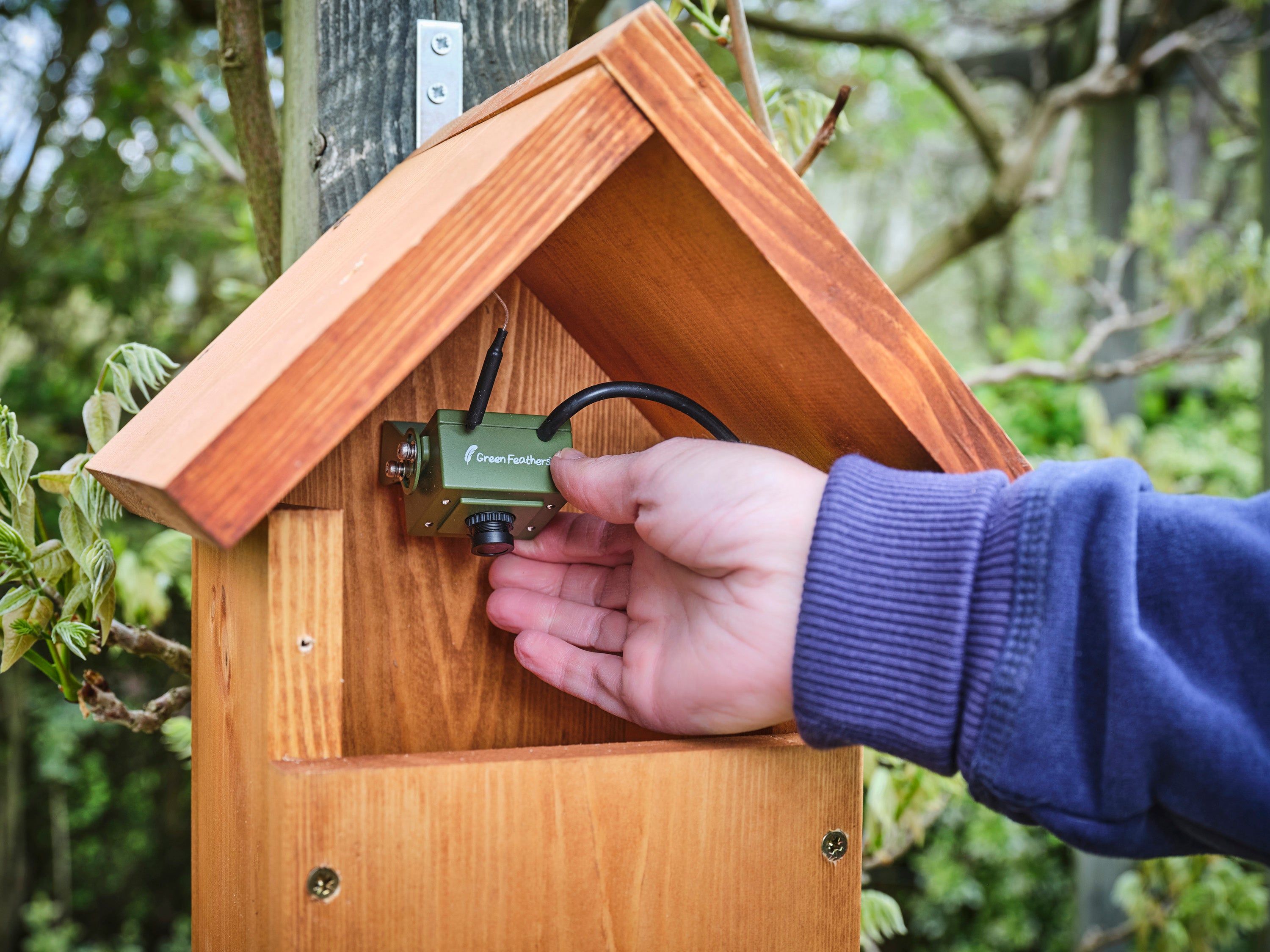
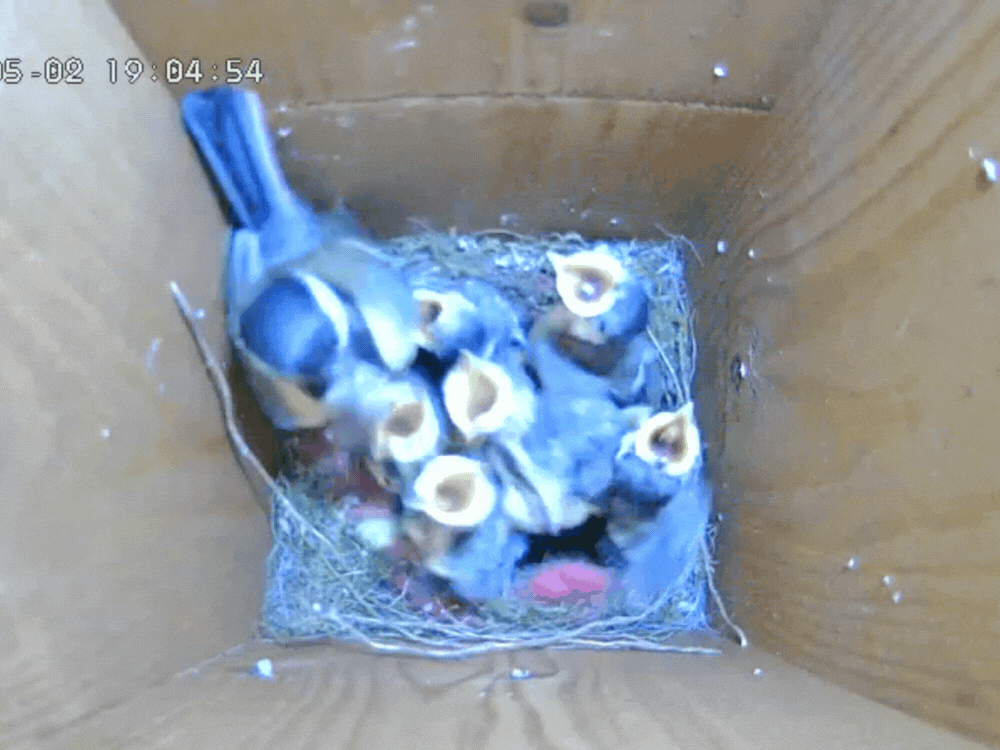

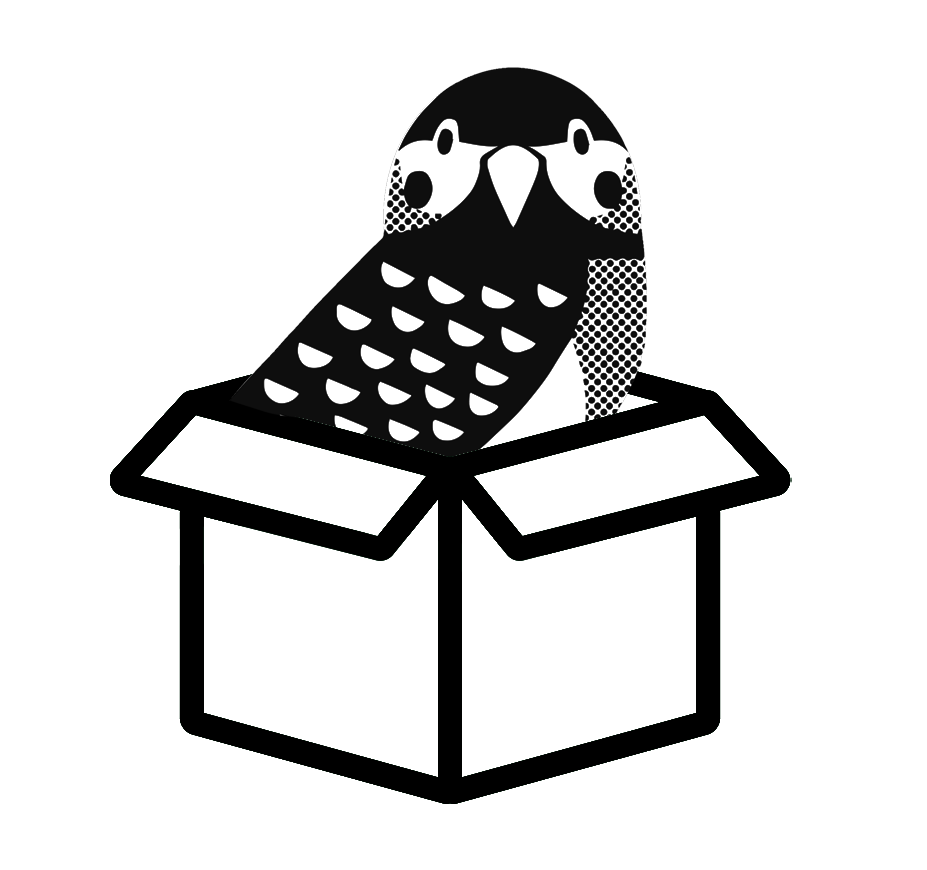
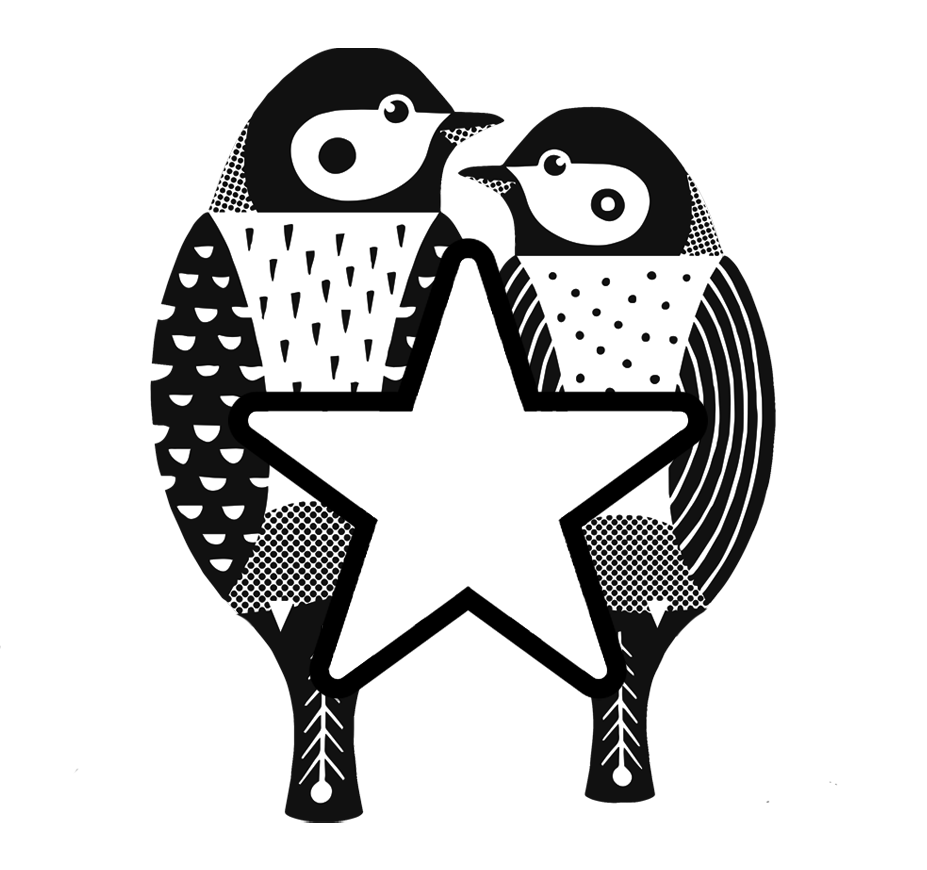
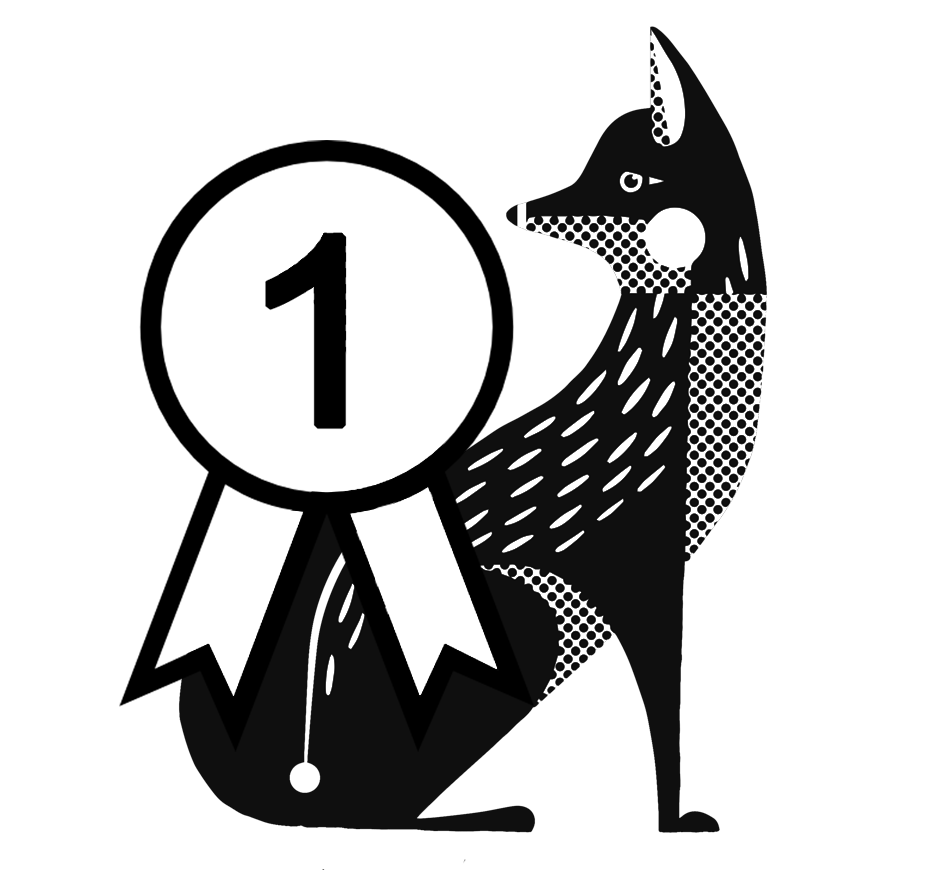


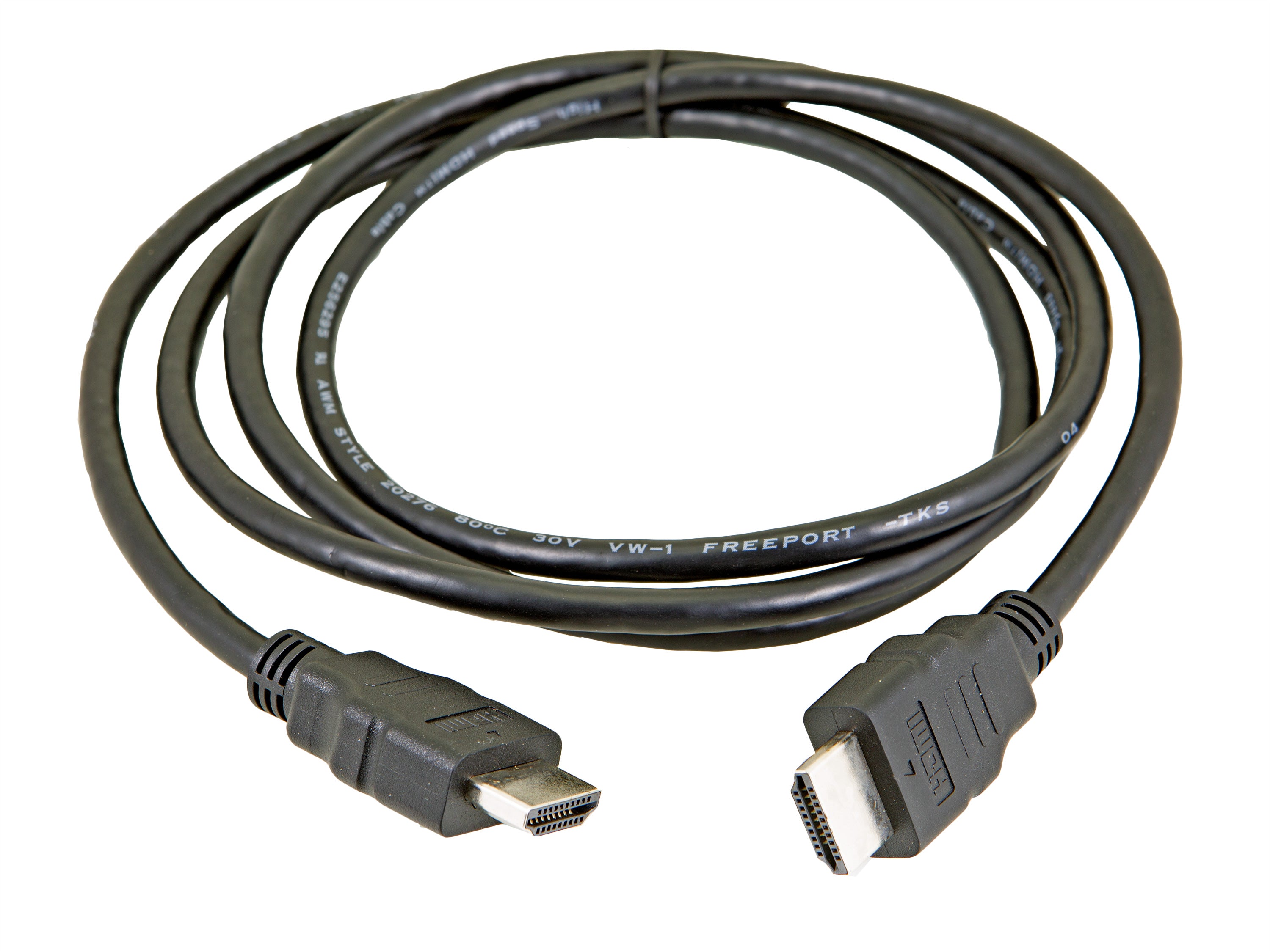
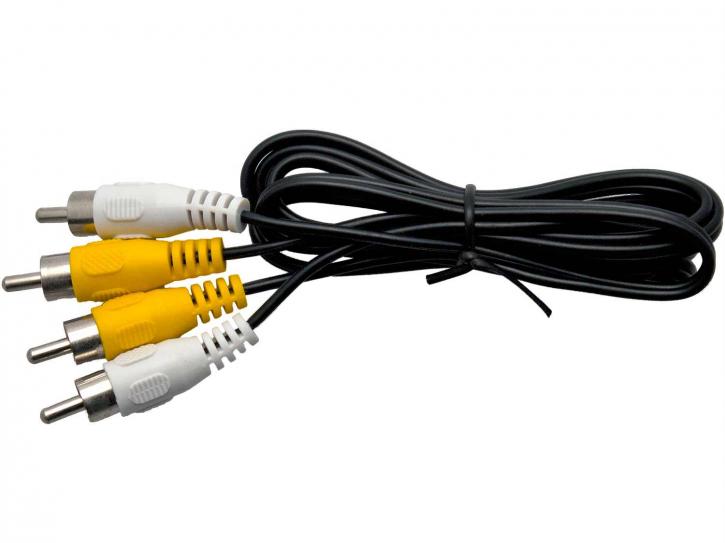
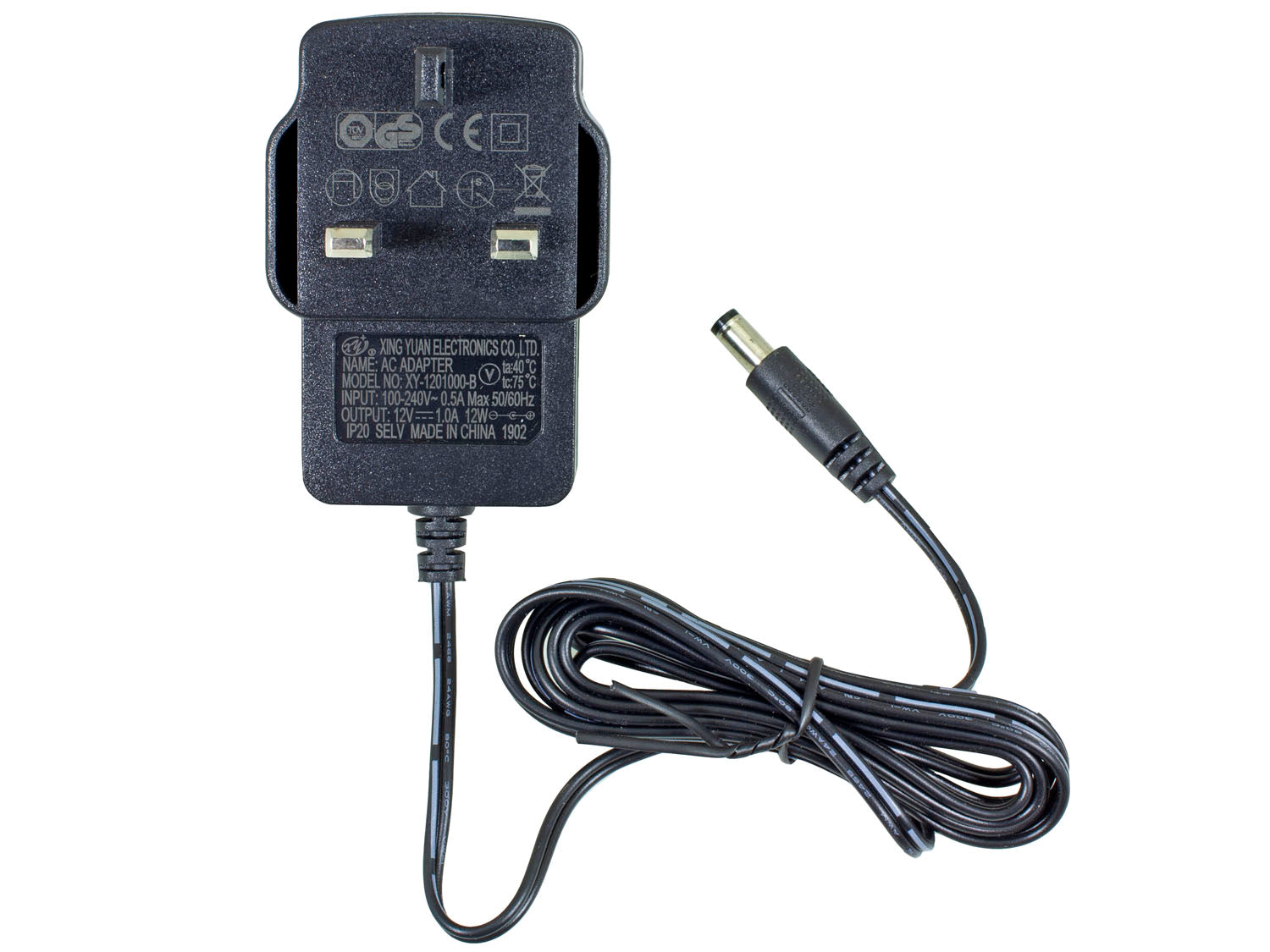
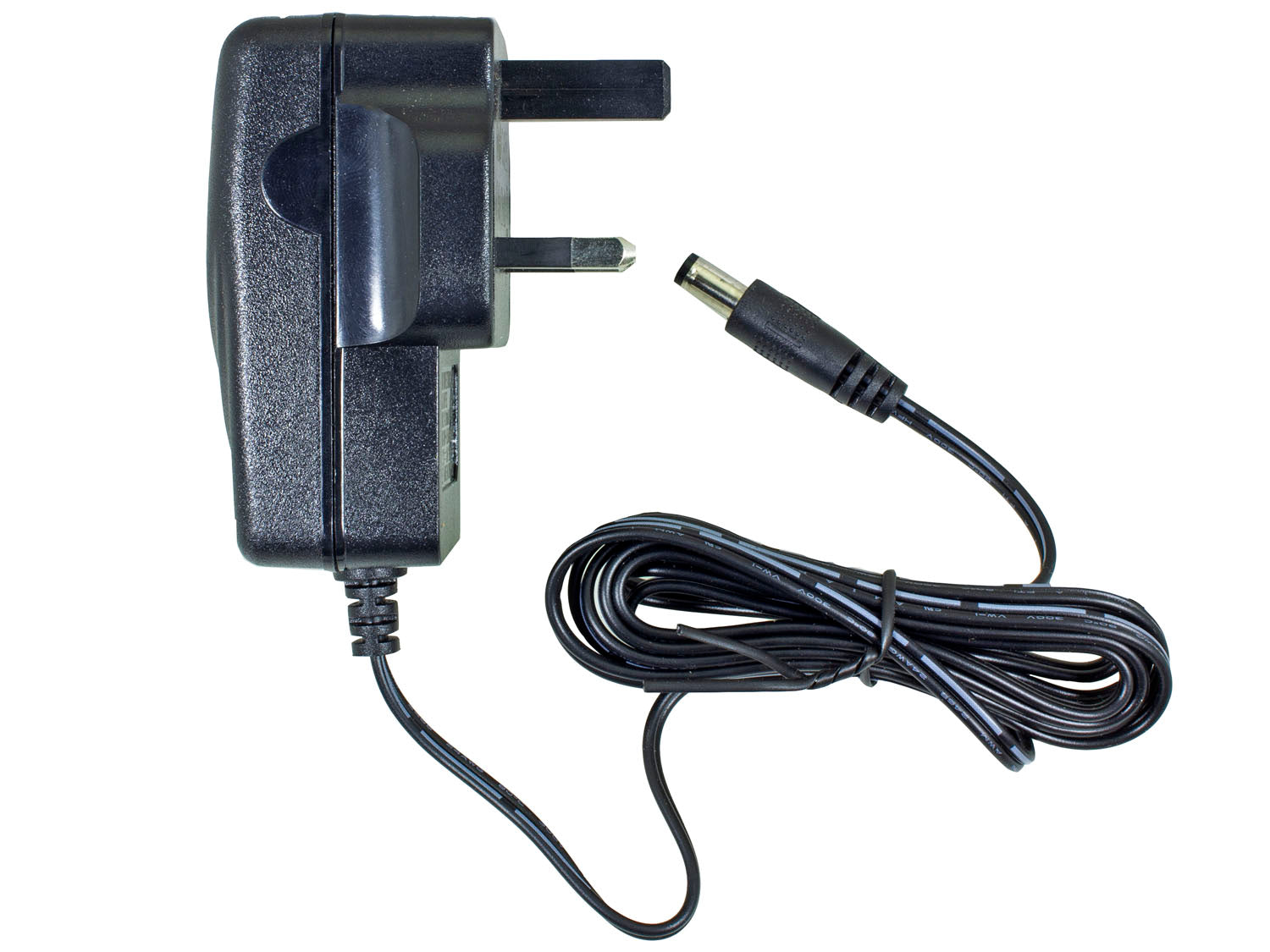
We left an old bird box on our decking and not got around yet to putting it up. Unfortunately some blue tits are now nesting in it – not sure how far in the process, but we are unsure whether to move it as we feel it is too low to the ground – not sure whether to interfere or not can anyone advise? (We have also seen a weasel in our garden not long ago!)
Lisa, sorry to say but the fact that you had a ‘usual morning check’ may be the reason why the last chicks died. If the nest is disturbed then the parents are likely to spend less time at the nest and may not put in as much effort to sit, feed and clean the chicks as it puts them at risk and sends signals that the chicks may be taken by a visiting predator (you in this instance). Perhaps as the first chicks were taken somehow, this increased the parents’ vigilance and concern for their brood and their own safety. Nests are best left totally undisturbed, even a quick glance. You are best to set up a camera so you can enjoy from a distance. Warm regards and better luck this year :-)
I have had blue tits nesting 3 years running in box with camera but last year and this year is still empty!why . Food and water 10 to 20 m awayIt is on a fence at correct height should I hang a fat ball on the fence?kind regards Yvonne
Thank you for the advice I found it very interesting.
Love this sight and tips.